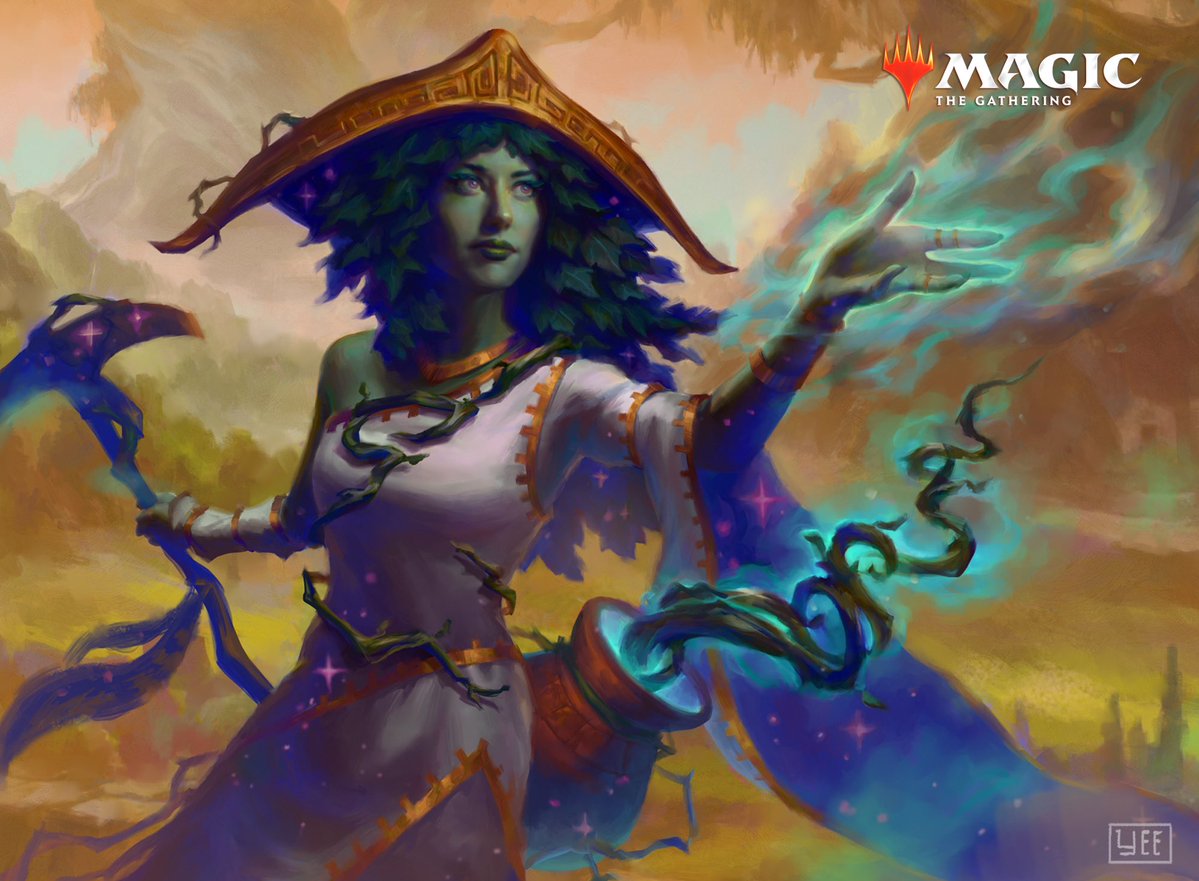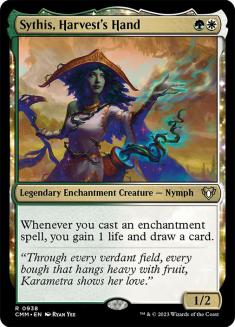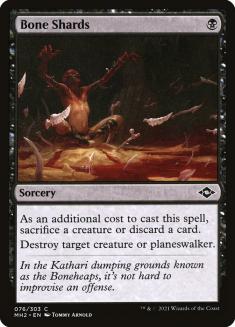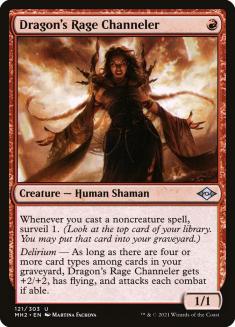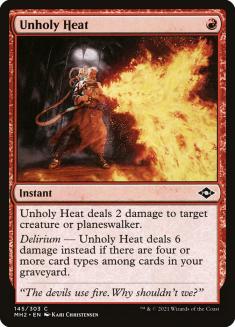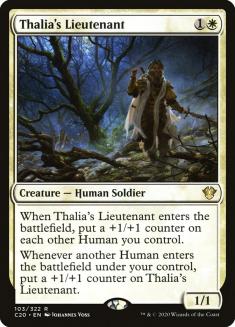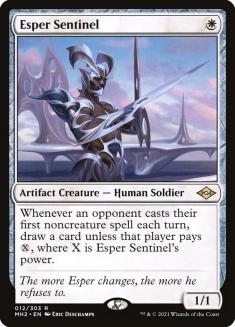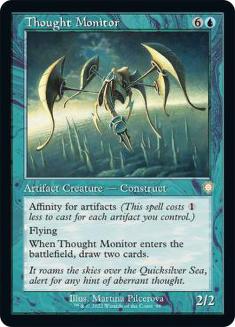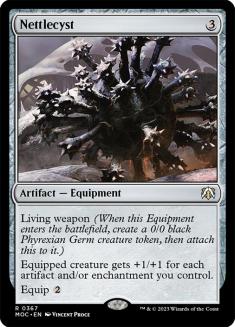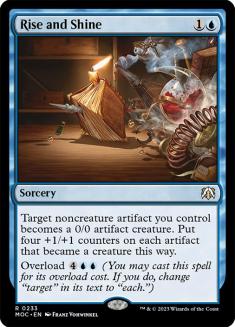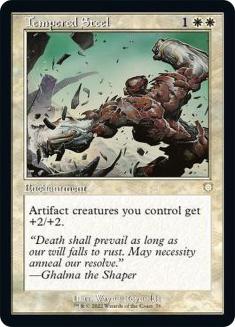Historic has just gone through a pretty big change with the Brainstorm ban (ahem, excuse me, “suspension”), but it looks like it’s not even going to have time to settle down, as Jumpstart: Historic Horizons is going to inject about a thousand cards into the format. Some of those will be old reprints, some will be cards from Modern Horizons and Modern Horizons 2, and some will be entirely new cards that we’ve never seen before and are geared for digital play only. We’ve only seen a small portion of the set so far, but there are already several cards that have potential to see play in existing archetypes or to spawn new ones, so today we’ll go through some of them.
Sythis, Harvest’s Hand
I was talking to someone I coached the other day about the future of the various Aura decks in Historic (Azorius, Orzhov), and I said that it was unlikely that Jumpstart: Historic Horizons would have a big impact on them, for two reasons. First, what those decks needed the most was an extra Kor Spiritdancer, and we were unlikely to see one of those. Second, I felt that most of the “Auras space” in the set would be occupied by the “perpetual” effects, which are basically digital versions of designs that could, for the most part, be Auras (e.g. instead of Dead Weight we get Daviel’s Withering). Lo and behold, it turns out I was wrong, and there’s actually an Enchantress theme pack, which includes Sythis, Harvest’s Hand — our third missing creature to complement Kor Spiritdancer and Sram, Senior Edificer.
Now, we shouldn’t get ahead of ourselves, because Sythis, Harvest’s Hand is certainly no Kor Spiritdancer. To start with, it’s legendary and it’s two colors, so it’s much harder to cast (and in fact would require either being Selesnya or branching out to a third color). Is it worth going through all of the hurdles of adding a third color just for an extra Sram?
My inclination is that it actually is. The Aura decks operates in two very different ways when an Enchantress is on the battlefield and when it isn’t, particularly the Orzhov version where I legitimately don’t keep any hand that doesn’t have one of your enablers. With eight of them, you have a 65% chance to have one in your opening hand; with twelve, it moves to 81%. This is compounded further when you factor in the ability to mulligan a hand without one of them (or a hand with one of them but that has to be mulliganed). On top of that, you gain some extra life, which is not super-meaningful but will offset the damage you take by playing so many more shocklands.
Between the two lists, I think Orzhov is the best for Sythis. First, I think that version is just better right now. With the Brainstorm ban, discard spells are good again, and the resurgence of Jund Sacrifice as a Priest of Forgotten Gods deck means you want removal spells. Second, I think that version is more reliant on having an enabler, which means it benefits more from an additional copy. The Azorius version has a solid Plan B of Adanto Vanguard and a variety of Auras that make it stronger (mainly Staggering Insight), and that’s simply not the case with the Orzhov version which really, really needs to be drawing a ton of cards.
Once we branch into green, is there any green Aura we want? My inclination is no. Rune of Might can be better than Angelic Gift in some spots, but I think Angelic Gift is still overall superior and there’s a distinct lack of good green Auras in the format. It’s definitely worth paying attention to in the future, however.
Here’s a sample list:
Creatures (12)
Lands (22)
Spells (26)

Bone Shards
Bone Shards is a very unassuming card, but I believe it’s quite powerful. There are decks that literally already played Spark Harvest, and these decks are all graveyard-centric, so the ability to discard a card instead of sacrificing a creature is huge. This is also exactly the kind of deck that got super-hosed by Brainstorm (since they both struggled a bit with Izzet Phoenix and also were reliant on discard spells, which Brainstorm dodged), so they’re primed for a comeback now.
Let’s take, for example, Rakdos Arcanist:
Creatures (15)
Lands (20)
Spells (25)

This deck can often sacrifice creatures for value (especially if you steal them with Claim the Firstborn), but it’s playing Claim // Fame, Dreadhorde Arcanist, and Kroxa, Titan of Death’s Hunger as cards that potentially work well with discarding your own stuff. On top of that, if you’re playing it “on the fair,” discarding a card is usually just a cheaper cost than sacrificing a creature. The creature you’ve already paid for, and you’re taking away from your actual battlefield presence, whereas discarding a card is a much smaller cost, especially if you’re casting the card multiple times due to Dreadhorde Arcanist.
Dragon’s Rage Channeler and Unholy Heat
Dragon Rage’s Channeler and Unholy Heat have already proven to be extremely powerful in Modern, but Modern comes with a pretty vast support cast for delirium that isn’t necessarily mirrored in Historic. Fetchlands, for example, are the most common ways of putting a card in the graveyard early in the game, and Mishra’s Bauble offers another clean way of getting an extra type (and a pretty hard one at that). Can the delirium cards still be good without those?
In my opinion, yes, though we need to be doing some work to make them good rather than just throwing them into a deck. If we’re doing some amount of self-millling, we should generally be able to hit creature, instant, sorcery, and land.
Here, I would say that both cards are a little different. Unholy Heat doesn’t demand much from you. You can play it as a Shock, and if you can power it up eventually, all the better, so you can play it in a deck that’s not going to push for delirium early in the game as long as you believe you’ll eventually be able to get it. Dragon’s Rage Channeler, on the other hand, is a more dedicated delirium card; you want delirium early and every game, otherwise it’s not strong enough to play.
The first and most obvious home for these cards is Izzet Phoenix. Izzet Phoenix took a big hit with the Brainstorm suspension, but it remains viable, and it’s a deck that’s easily capable of putting the four major card types in the graveyard at once, as you get to play Faithless Looting, Lightning Axe, and potentially stuff like Strategic Planning as well.
The deck is already playing Magma Spray, so replacing that with Unholy Heat doesn’t seem like a big cost. Yes, you will be worse in mirrors, but assuming everyone makes this change (which I think they should), it’s not going to alter anything, and while there are some other applications for exiling (Cauldron Familiar, Woe Strider, Lurrus of the Dream-Den, Claim // Fame), the ability to hit something for six later in the game seems much more important to me.
One of the most common ways of beating Izzet Phoenix is playing bigger cards. Niv-Mizzet Reborn, for example, is very good against it specifically because it’s a six-toughness flyer, and even things like Elder Gargaroth can be very good. With Unholy Heat around, those plans become much more dangerous.
On top of that, Unholy Heat can hit planeswalkers, and it can hit them for six. Narset, Parter of Veils is one of the best cards against you, and Teferi, Hero of Dominaria is widely played. Even Nissa, Who Shakes the World might start seeing more play again. For one mana, Unholy Heat can kill any of those cards, even after an activation. You’re not always going to have delirium, but when you do it will be game-changing, so I believe this is much more important than Magma Spray’s exile effect and should be a considerable upgrade for Izzet Phoenix.
Dragon’s Rage Channeler is a bit more interesting, because the floor for it is much lower. Again, if you do not hit delirium, it’s a pretty bad card. However, it works towards achieving delirium on its own, and it also helps putting Arclight Phoenix in your graveyard, pumping Crackling Drake, enabling Ox of Agonas and somewhat filtering your draws. If you do get delirium, the card matches up really well with the deck’s gameplan, being a 3/3 flyer and all.
All in all, my inclination is that the card is at least worth trying. It’s powerful enough that it might be great but I also accept that I might have to cut it down the line if it turns out I’m not getting delirium often enough. I’m definitely starting with four copies to see how they play out, though.
This is how I would build Izzet Phoenix now:
Creatures (17)
- 4 Arclight Phoenix
- 2 Crackling Drake
- 1 Ox of Agonas
- 4 Sprite Dragon
- 2 Stormwing Entity
- 4 Dragon's Rage Channeler
Lands (21)
Spells (22)

Thalia’s Lieutenant
Humans was a good deck for a very long time in Modern, and now one of its centerpieces is coming to Historic. Still, there’s a lot missing — we don’t have Cavern of Souls, Aether Vial, or Champion of the Parish, on top of some of the more expensive Humans. This, to me, means that the benefits for being a super-dedicated Humans deck likely aren’t there. You can’t easily branch into five colors because the mana doesn’t support it, and Thalia’s Lieutenant isn’t enough to carry the tribe by itself.
However, this doesn’t mean the card can’t still be good; there are a lot of cheap white creatures that happen to be Humans. The way I see it, the best way to play Thalia’s Lieutenant is just slotting it into a straight aggro deck that already has a lot of Humans. You won’t be a dedicated Humans deck like the Goblins decks are dedicated Goblins decks, but instead you’ll be a normal Mono-White Aggro deck with a Humans sub-theme. This is how I would build it:
Creatures (32)
- 2 Thalia, Guardian of Thraben
- 4 Thraben Inspector
- 4 Thalia's Lieutenant
- 4 Dauntless Bodyguard
- 4 Venerated Loxodon
- 2 Giant Killer
- 4 Selfless Savior
- 4 Luminarch Aspirant
- 4 Esper Sentinel
Lands (20)
- 16 Plains
- 4 Shefet Dunes
Spells (8)

This deck has 24 Humans in the maindeck, which seems like it’s good enough to support Thalia’s Lieutenant, though you could play even more if you really wanted to (you could max on Giant Killers, play more Thalia, Guardian of Thraben, or branch out with Doomed Traveler or Boros Elite).
Esper Sentinel
Another addition to the deck (also a Human) is Esper Sentinel:
Esper Sentinel is a pretty strong one-drop, especially if you have ways of pumping it naturally (which this deck does with Venerated Loxodon and Thalia’s Lieutenant). The fact that it’s an artifact doesn’t matter in this deck, but if we pair it with some of the other artifact cards in the new set, we might be onto something.
Of those, I think Thought Monitor and Nettlecyst are the best. Rise and Shine is potentially very powerful, but it doesn’t work on creatures the way Ensoul Artifact does, and most cheap artifacts that we can play to make this deck work will be creatures. There might be a less creature-centric version that can play Rise and Shine, though, especially with Treasure Vault.
In my opinion, the best way to build an artifact deck is to play Tempered Steel. It’s a super-powerful effect that hasn’t had much of a home before (there have been Tempered Steel decks, but they’ve never been good), but now there might be the critical mass of good artifact creatures for it to shine. Incidentally, it also pumps Esper Sentinel!
It’s not clear to me what the right way to build the deck is. It used to play Skilled Animator, but I think Nettlecyst is mostly a better version of that. You could be more all-in with Gingerbrutes and potentially even All That Glitters, or you could play it more slowly with the Animators and Treasure Vault. This is what I’d do for now:
Creatures (30)
- 4 Court Homunculus
- 4 Steel Overseer
- 4 Vault Skirge
- 3 Scrapheap Scrounger
- 4 Toolcraft Exemplar
- 4 Stonecoil Serpent
- 4 Esper Sentinel
- 3 Thought Monitor
Lands (22)
Spells (8)
Sideboard

All in all, I would probably say that, between the multiple bans and the several new sets, Historic is moving a little bit too quickly, but being able to try different decks is a breath of fresh air compared to the stagnated Standard format, so I’m looking forward to seeing what else Jumpstart: Historic Horizons has in store for us.

